Image Archive











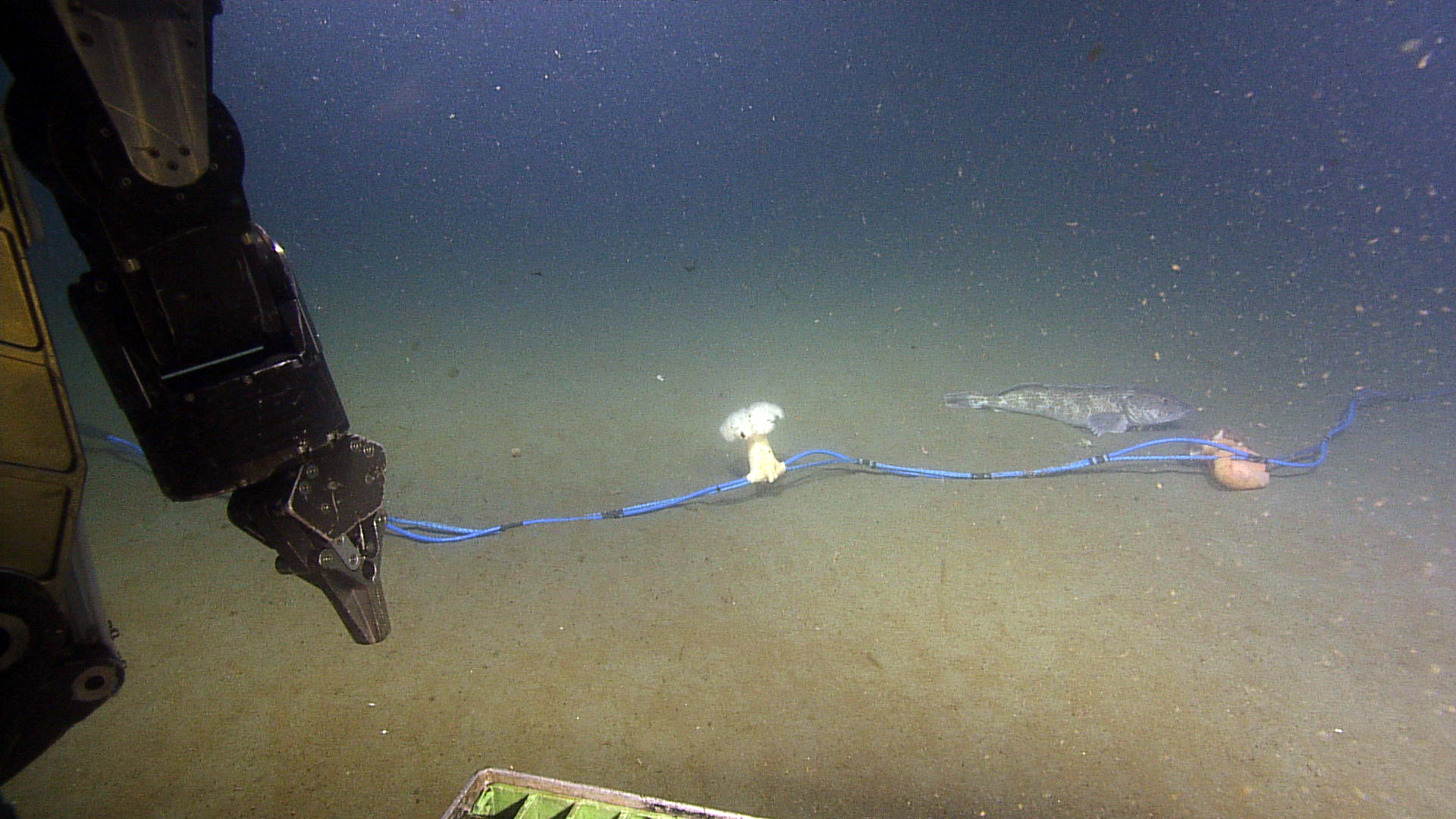

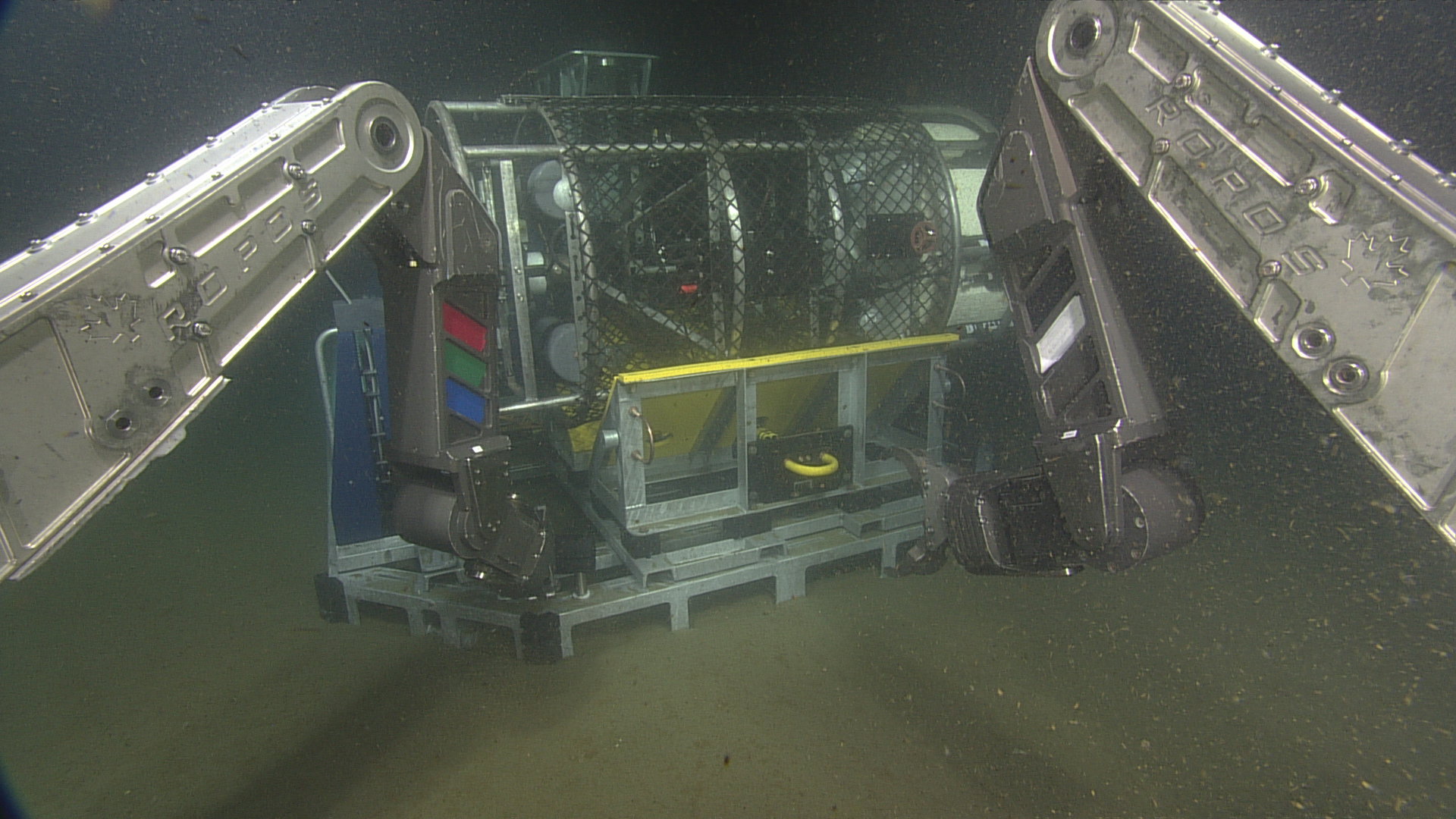


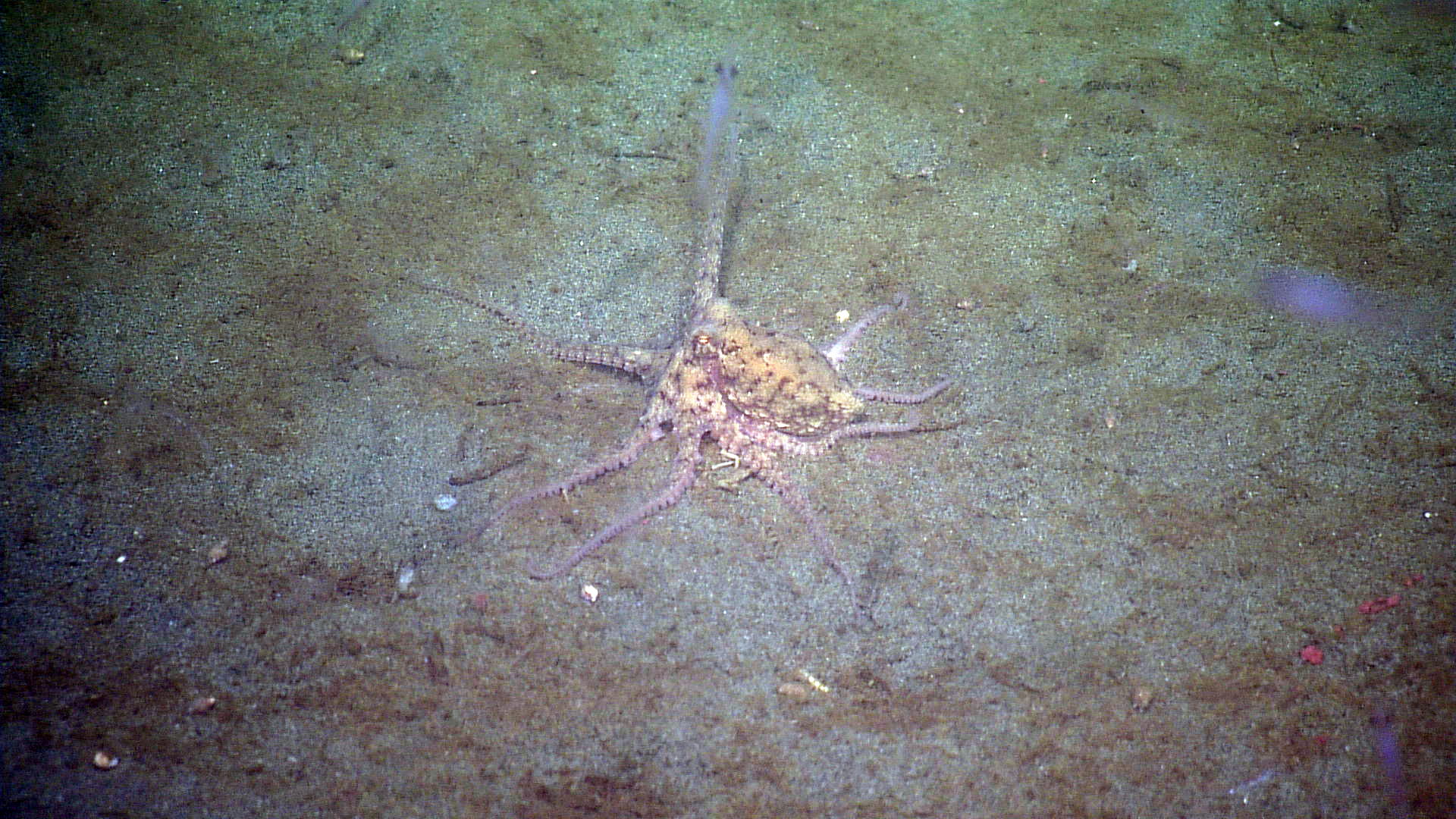
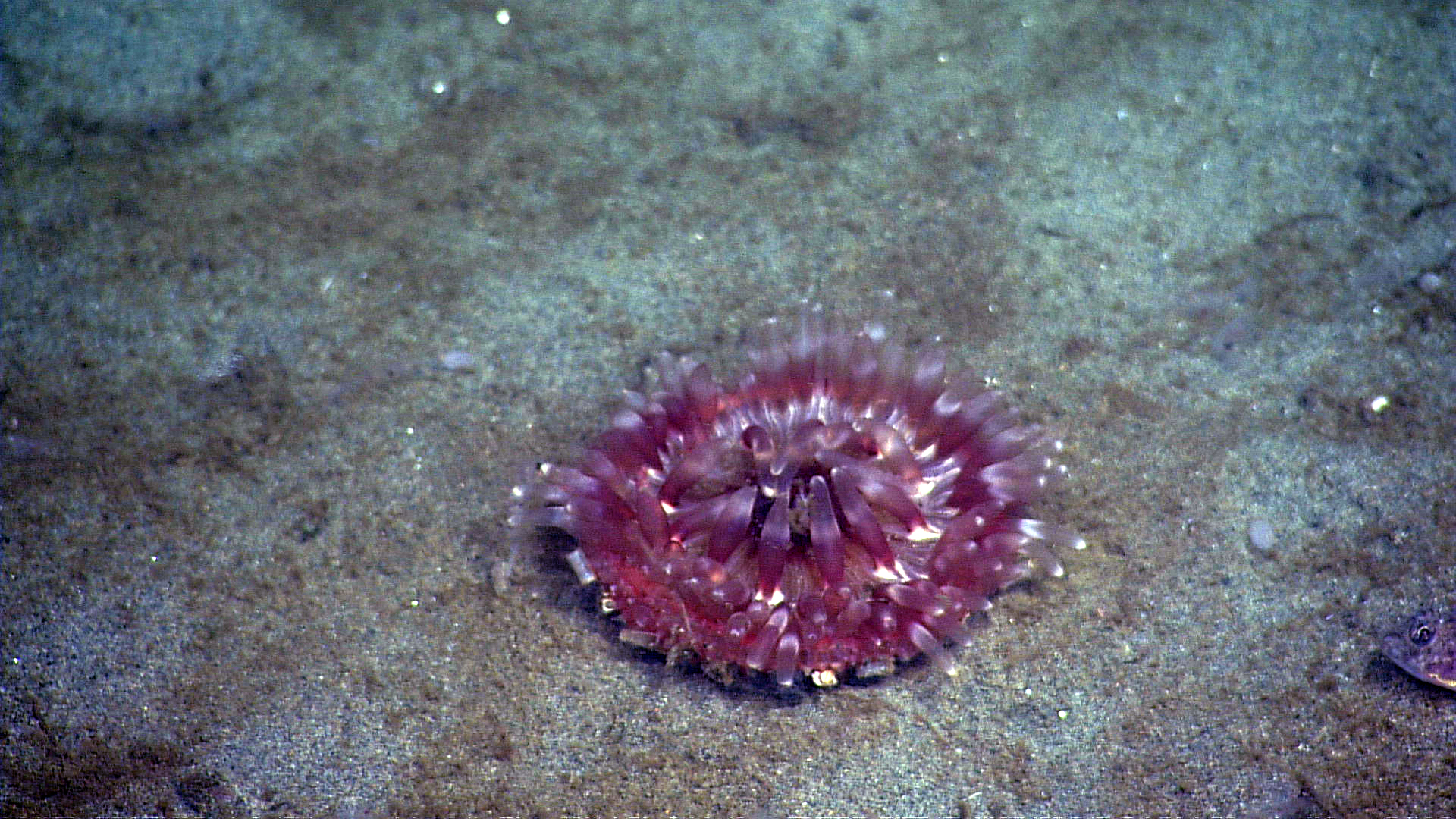



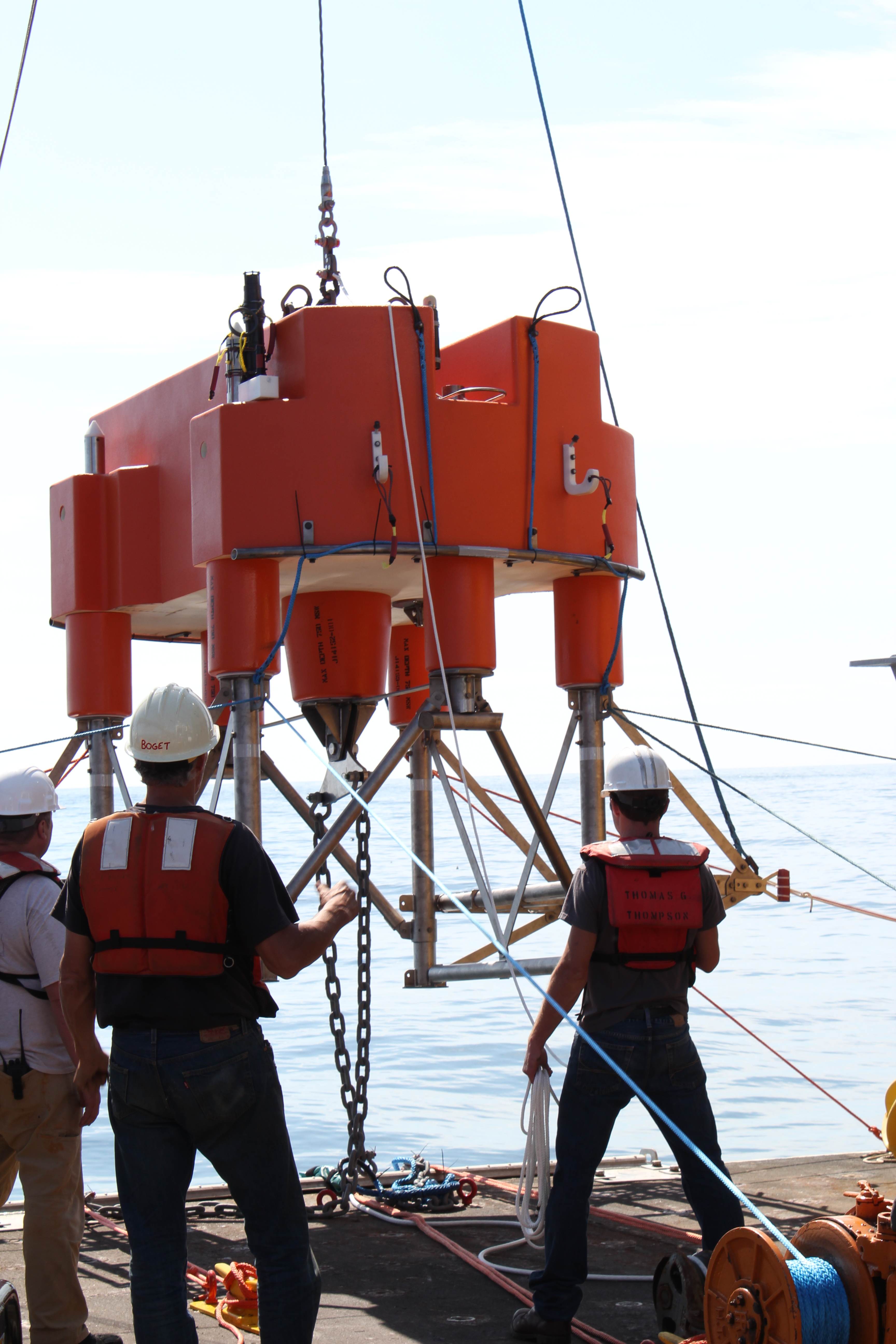






BO-Endurance-Array-S-Hydrate

BO-Endurance-Array-OR-Line

BO-Endurance-Array-OR-Offshore

BO-Endurance-Array-OR-Slope-Base

BO-Endurance-Array-OR-Shelf

BO-Endurance-Array-OR-Inshore

Bob is still doing oxygens the old school way. Credit: Mitch Elend, UW; V15.

A trawl-resistant Benthic Experiment Package is latched under ROPOS and ready for deployment at the EA Shelf (60 m) Site. Credit: Mitch Elend, UW; V15.

The hydrophone (an underwater microphone) connected to the Benthic Experiment Package (BEP) at the Oregon Shelf site, in 80 meters of water. Photo Credit: NSF/UW/CSSF, Dive R1801, V14

A lingcod resting on the seafloor next to the hydrophone cable at the Oregon Shelf (80m) site. Photo Credit: NSF/UW/CSSF, Dive R1801, V14

The cabled coastal surface-piercing profiler (cCSPP) was delivered to the seafloor by ROPOS and placed roughly 12 meters due East of the medium-powered junction box MJ01C at the Oregon Shelf site, in 79 meters of water. The cylindrical sensor pod of the cCSPP (left side of image) will float freely in the water column after being released from the deployment cradle on the profiler base. Once powered up, the sensor pod will move up and down in the water column at least 4 times per day, taking samples continuously using the onboard CTD, oxygen, fluorometer, nitrate, AC-S, PAR sensor, spectral irradiance, and 3D water velocity sensors. Photo Credit: NSF/UW/CSSF, Dive R1801, V14

A lingcod and two anemones attached to the Oregon Shelf hydrophone cable. Photo Credit: NSF/UW/CSSF, Dive R1801, V14

An orange anemone clinging to the hydrophone cable at the Oregon Shelf site. The hydrophone was only deployed roughly a week before, so this anemone found the hard substrate and attached itself fairly quickly. Photo Credit: NSF/UW/CSSF, Dive R1801, V14

ROPOS using the starboard manipulator to pull the release that allowed the sensor pod of the cabled coastal surface-piercing profiler (cCSPP) to swing upwards and float freely in the water. The cCSPP was delivered to the seafloor and placed roughly 12 meters due East of the medium-powered junction box MJ01C at the Oregon Shelf site, in 79 meters of water. Photo Credit: NSF/UW/CSSF, Dive R1801, V14

The sensor pod of the cabled coastal surface-piercing profiler (cCSPP) floating freely in the water column after being released from the deployment cradle on the profiler base. Once powered up, the sensor pod will move up and down in the water column at least 4 times per day, taking samples continuously using the onboard CTD, oxygen, fluorometer, nitrate, AC-S, PAR sensor, spectral irradiance, and 3D water velocity sensors. Photo Credit: NSF/UW/CSSF, Dive R1801, V14

A sunstar (Pycnopodia) seen at the Endurance Oregon Shelf site during a survey (80 meters water depth) Photo Credit: NSF-OOI/UW/CSSF, Dive R1756, V14

A well-camouflaged octopus encountered during a survey at the Oregon Shelf site (80 meters water depth). Credit: UW/NSF-OOI/CSSF, ROPOS Dive R1756, V14.

A pink anemone seen on the seafloor at the Endurance Oregon Shelf site (80 meters water depth) Photo Credit: NSF-OOI/UW/CSSF, Dive R1756, V14

Euphausiids (small shrimp-like crustaceans) Oregon Shelf site (80 meters water depth) Credit: UW/NSF-OOI/UW/CSSF, R1756, V14.

A Sunflower sea star (Pycnopodia) encountered during a site survey at the Endurance Oregon Shelf site (80 meters) Photo Credit: NSF-OOI/UW/CSSF, Dive R1756, V14

Deployment of the 200m platform of the Endurance Oregon Offshore two-legged mooring, which will eventually host a winched shallow profiler and bioacoustic sonar instruments. Two mooring lines with seafloor anchors are attached to the sides of the platform (rather than the usual single mooring line) to add stability to the platform so it can act as the profiler base. Photo Credit: Skip Denny, APL/UW

Deployment of the 200m platform of the Endurance Oregon Offshore two-legged mooring, which will eventually host a winched shallow profiler and bioacoustic sonar instruments. Two mooring lines with seafloor anchors are attached to the sides of the platform (rather than the usual single mooring line) to add stability to the platform so it can act as the profiler base. Photo Credit: Skip Denny, APL/UW

A crab and snailfish encountered during a site survey between the Endurance Oregon Offshore 2-legged mooring EOM leg anchor and the low-voltage node LV01C. The scaling laser dots are 10 cm apart. Photo Credit: NSF-OOI/UW/CSSF, Dive R1752, V14

A sea pen encountered during a site survey between the Endurance Oregon Offshore 2-legged mooring EOM leg anchor and the low-voltage node LV01C. Photo Credit: NSF-OOI/UW/CSSF, Dive R1752, V14

An eelpout fish encountered during a site survey between the Endurance Oregon Offshore 2-legged mooring EOM leg anchor and the low-voltage node LV01C. Photo Credit: NSF-OOI/UW/CSSF, Dive R1752, V14

A snail with an anemone on its shell, one of several encountered during a site survey between the Endurance Oregon Offshore 2-legged mooring EOM leg anchor and the low-voltage node LV01C. Photo Credit: NSF-OOI/UW/CSSF, Dive R1752, V14

A hagfish and black cod encountered during a site survey between the Oregon Offshore Shallow Profiler Mooring EOM leg anchor and the low-voltage node LV01C. Credit: UW/NSF-OOI/CSSF, ROPOS Dive R1752, V14.
The sonar beacon being removed from the Endurance Oregon Offshore Shallow Profiler 2-legged mooring junction box, post-deployment. Photo Credit: NSF-OOI/UW/CSSF, Dive R1752, V14
- Anemone
- Animal
- Arthropod
- ASHES
- Axial
- Axial Base
- Axial Biology
- Axial Caldera
- Bacteria
- Basalt Lava
- BEP
- Biofouling
- biolgoy
- Biology
- Camds
- Camera
- Camhd
- Central Caldera
- Ciliates
- Cnidaria
- Coastal Biology
- Crab
- Deep Profiler Mooring
- Dive Highlights
- Eastern Caldera
- Echinoderms
- Endurance Array
- Engineering Team
- ENLIGHTEN 10
- Exploratorium
- Fish
- Geology
- HD Camera
- HPIES
- Hydrate Ridge
- Hydrates
- Hydrophone
- Hydrothermal Vents
- Illustration
- Inshore 80 Meters
- Instrument
- International District
- J-BOX
- Jason
- Jellyfish
- Junction Box
- K12
- Lava
- Mollusk
- Moorings
- Nodes
- Nudibranch
- Octopus
- OOI
- Oregon Offshore
- Oregon Offshore 600 m
- Oregon Shelf
- Oregon Slope Base
- People
- PN1B
- PN1D
- Polychaetes
- PPSDN
- Primary Node
- RASFL
- ROCLS
- ROPOS
- ROPOS Dives
- ROV Team
- RV Revelle
- RV Sikuliaq
- RV Thompson
- Salp
- Sample
- SC13
- Science Team
- Sea Cucumber
- Sea Star
- Sea Urchin
- Seafloor
- Seismometer
- Sensors
- Shallow Profiler Mooring
- Shark
- Shipboard
- Shore Station
- Slope Base
- Smoker
- Soft Coral
- Southern Hydrate Ridge
- Sponge
- Squid
- Students
- Students & Guest Participants
- Tmpsf
- Tubeworms
- VISIONS 11 Leg 1
- VISIONS 11 Leg 2
- VISIONS 11 Viewers
- VISIONS 13
- VISIONS 14
- VISIONS 15
- VISIONS 16
- VISIONS 17
- VISIONS 18
- VISIONS 20
- VISIONS 22
- VISIONS 23
- Visualization
